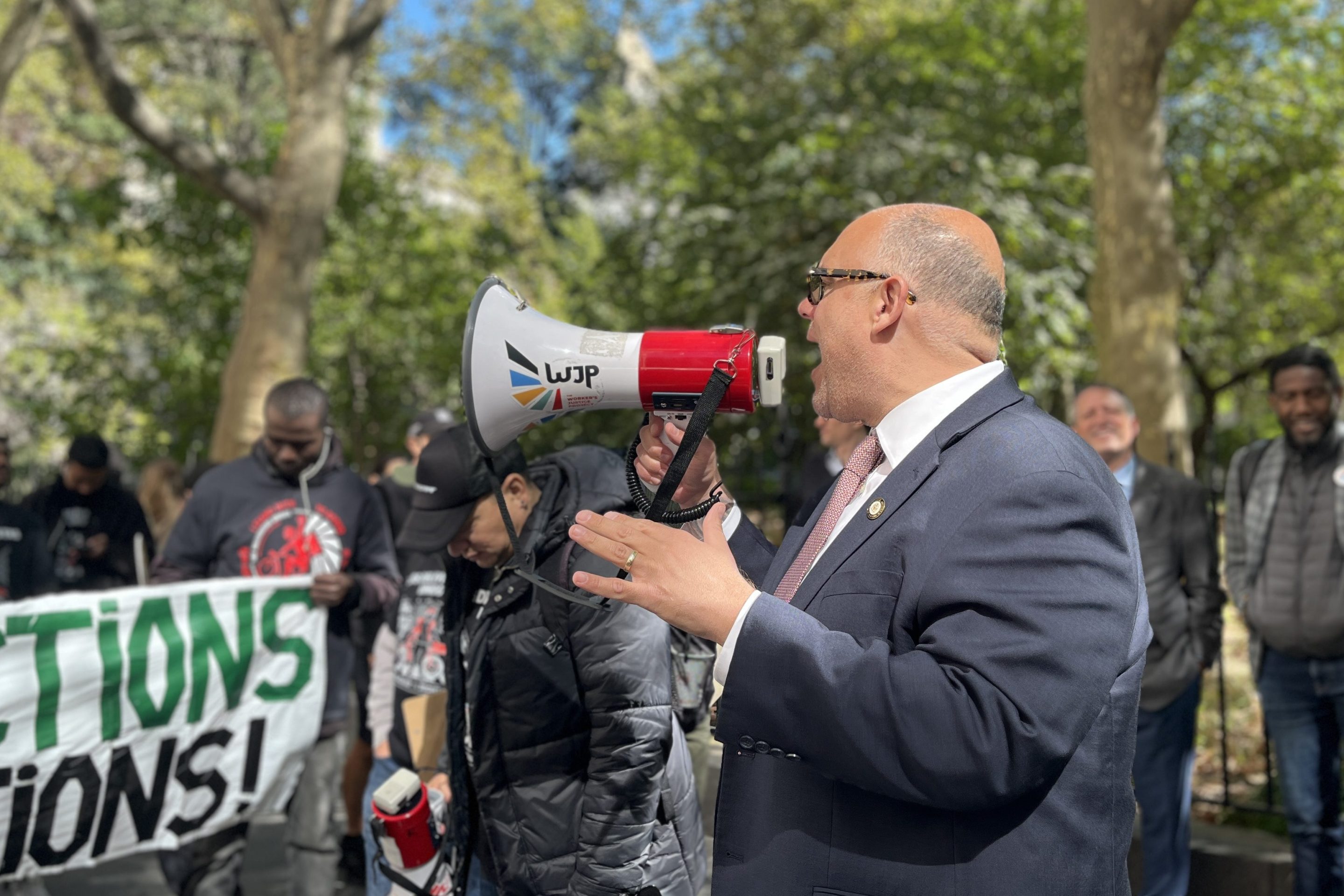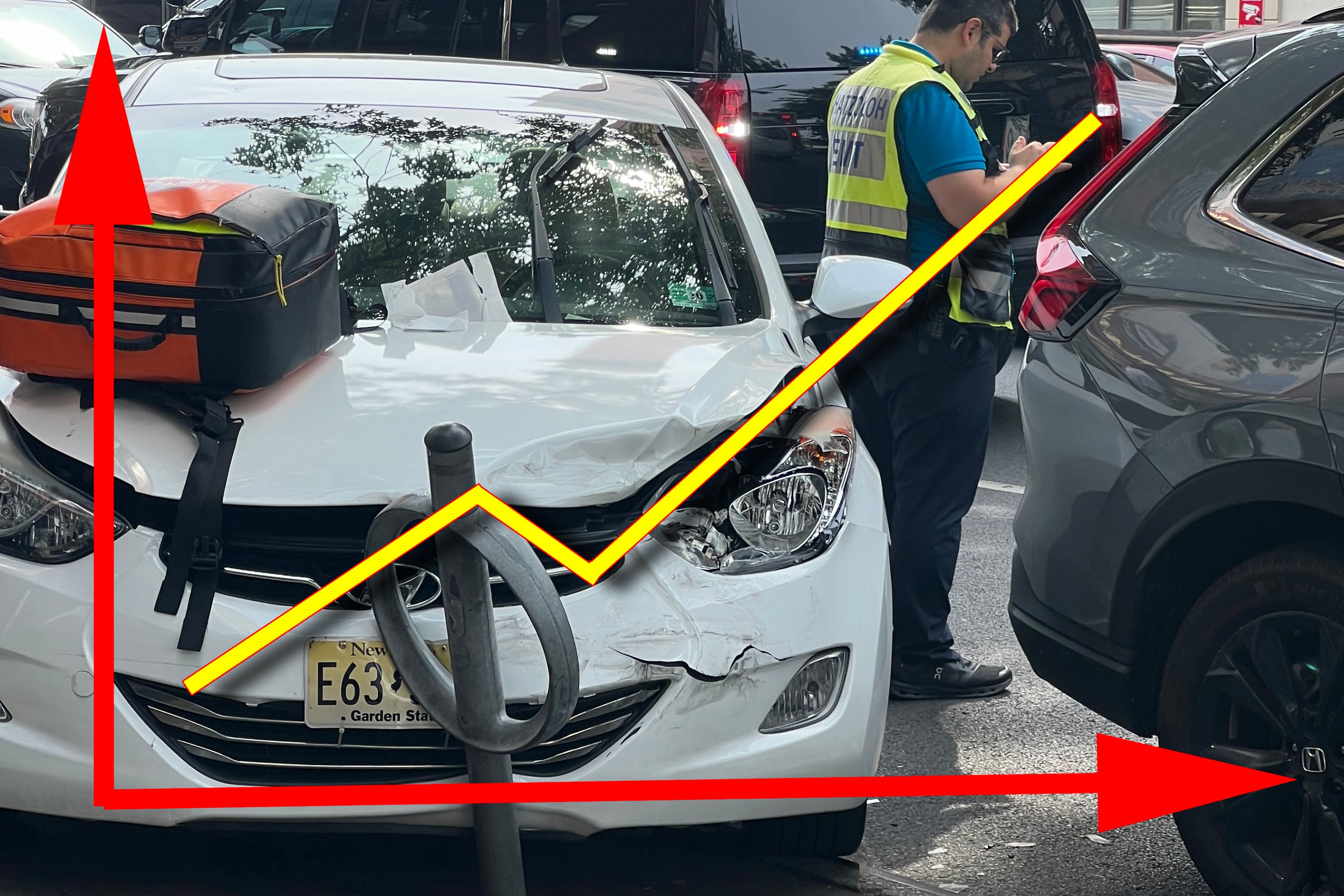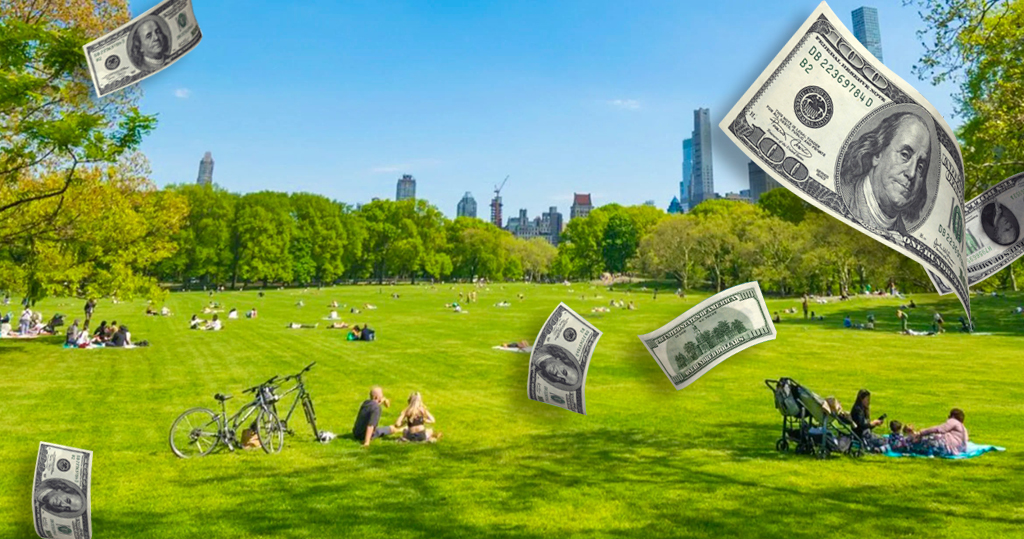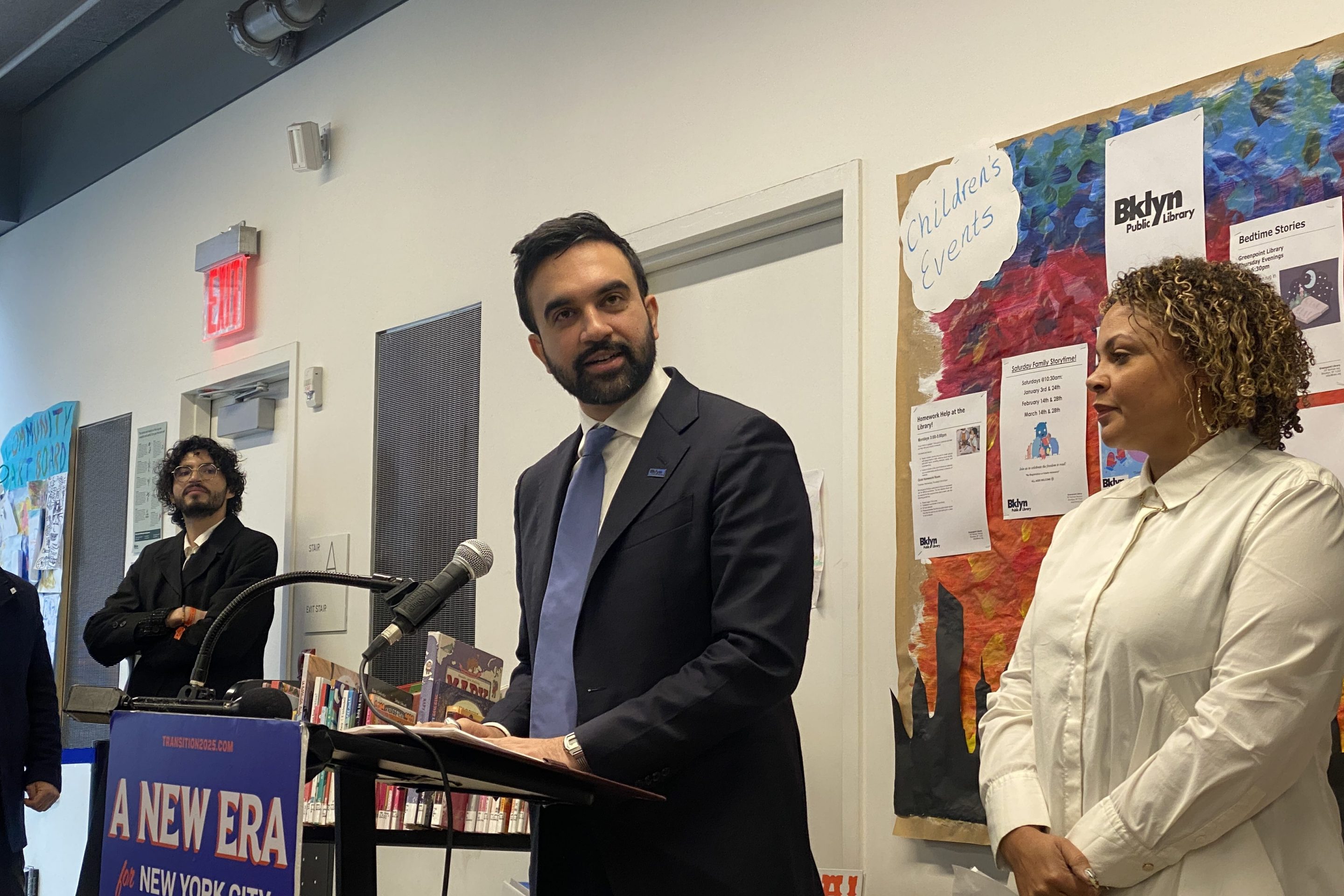So, just in time for Earth Day, the State Senate has proposed an MTA rescue plan that's bad for both business and the environment. Here's a refresher on the basics: The plan calls for an eight percent hike in transit fares and existing tolls, and a higher payroll tax (85 percent of the non-hike revenue comes from this one source), combined with a smattering of fees on renting and owning cars. Half of the $190 million from a new $1 "drop charge" on cabs won't even help the New Yorkers who pay it, going instead to fund bridge and highway projects outside the city.
Not only will the piecemeal funding approach likely have the MTA begging again within months, but these particular funding streams will make the city's traffic woes even worse, all while forcing New York City businesses and the city's car-free majority to shoulder much of the burden. It's a poor substitute for the Ravitch plan or congestion pricing. Here's why:
- Raising tolls on MTA crossings while keeping East and Harlem River bridges free gives car commuters and truckers even more incentive to detour across city streets to the free crossings. Neighborhoods like Downtown Brooklyn, Long Island City, Williamsburg and the Lower East Side that are already pulverized by traffic will see things get worse.
- Raising fees on car ownership through higher registration and licensing fees does nothing to discourage car use, and may actually encourage people to drive more in order to get more bang for their buck. Using tolls or congestion fees to price driving would have the opposite effect.
- Raising the cost of car sharing, rentals and taxis makes it tougher to live without a car. And, like higher ownership fees, increasing these one-time charges encourages renters to maximize their driving. Congestion pricing or tolls are far superior.
- Unlike private motorists taxi drivers faced with higher fees will increase their driving. Why? Since passengers will choose to ride less, given the higher fare, cabbies will have to drive more to recoup the flat fee they pay to operate a taxi.
- Using cab fees to pay for highway and bridge projects outside of the city transfers wealth from the dense, environmentally sustainable city to the car-dependent suburbs. If anything, taxes on cabs should fund the city bridges and streets used by those cabs.





